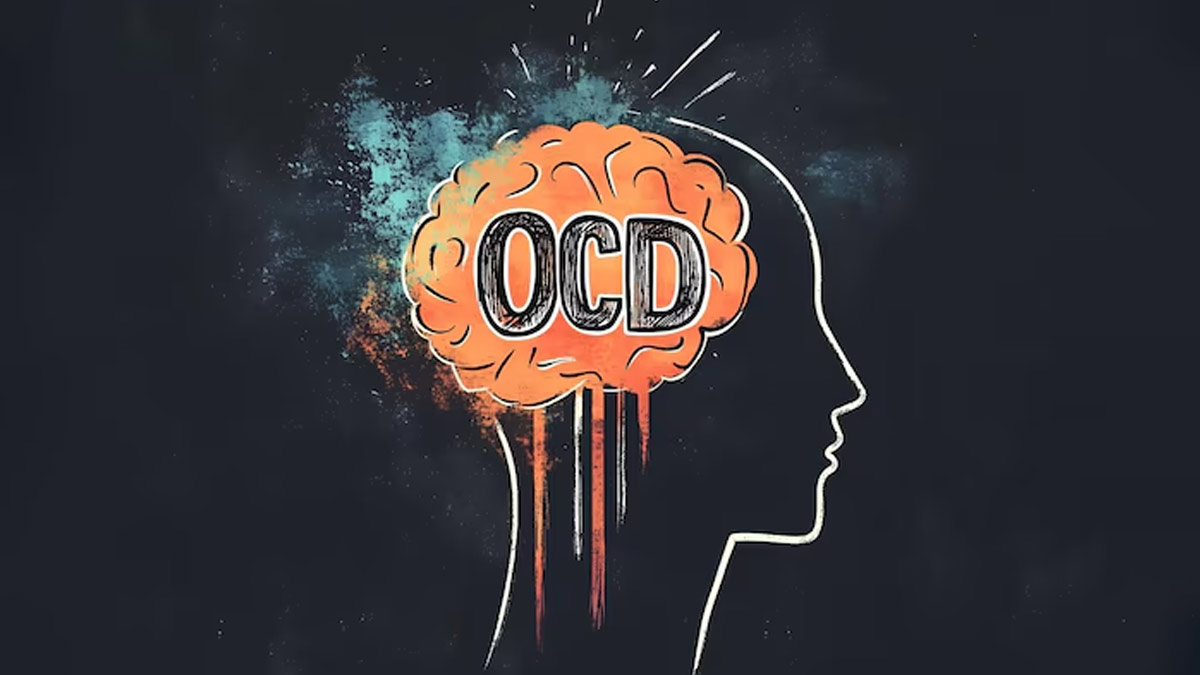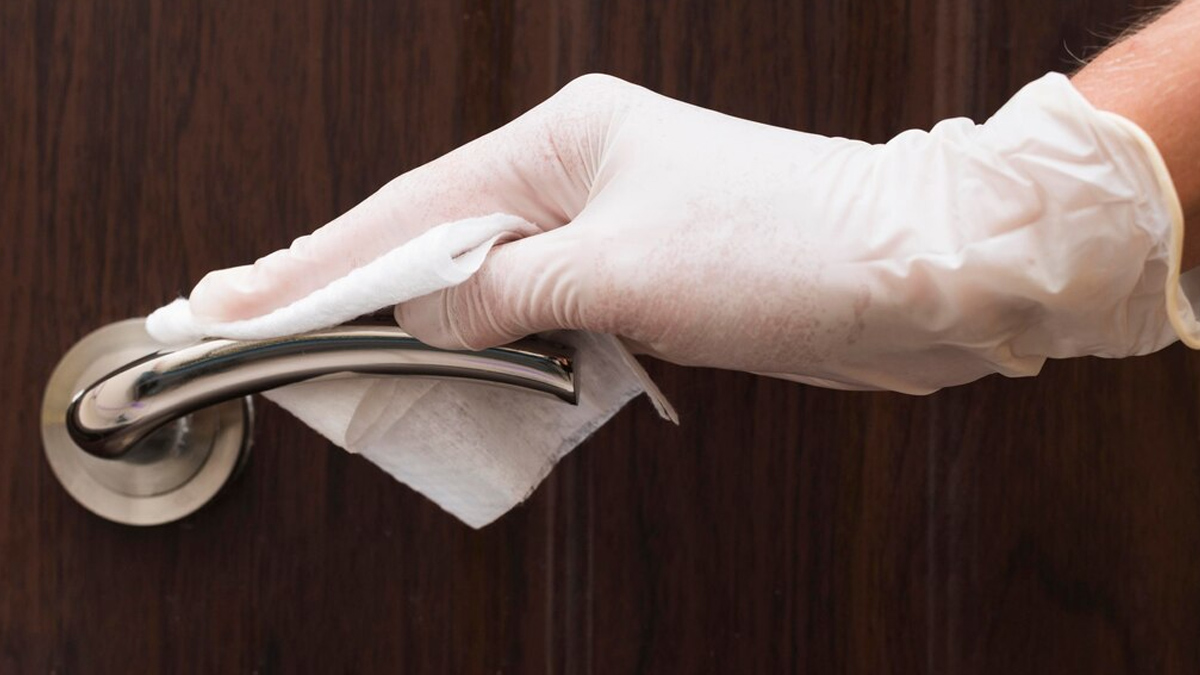
Many conditions, particularly those related to mental health and behaviour, remain challenging to fully understand. This includes Obsessive-Compulsive Disorder (OCD). When we think of OCD, many of us assume it revolves around cleanliness and orderliness. While this may be true for some individuals, it's not always the case. To clarify these misconceptions, we spoke with Dr Nikhil Nayar, Psychiatrist at Sharda Hospital, who highlights some of the most common myths about OCD and explains what the condition truly entails.
Table of Content:-
CHECK YOUR
MENTAL HEALTH

Common Myths About OCD

Dr Nayar started by listing five of the most common myths around OCD one should be watchful of. These include:
- OCD is Just About Being Neat or Clean
- Everyone's "A Little OCD."
- OCD Is a Rare Condition
- OCD is Always Visible
- OCD is Caused by Poor Parenting
Also Read: OCD In Children: What Are The Possible Signs?
What Exactly Is OCD?
Dr Nayar described OCD as disturbing, intrusive thoughts (called obsessions) and repetitive behaviours (called compulsions) that go far beyond a need for orderliness. He added that some individuals trivialise the serious and frequently crippling nature of OCD by assuming that everyone has "a little OCD" because they prefer things to be organised.
According to StatPearls Publishing, OCD affects 1-3% of the global population, typically begins early in life, and is most commonly seen in individuals aged 18 to 29, often leading to chronic symptoms.
Common OCD Behaviours And Thoughts![]()
In addition to cleanliness and contamination fears, OCD can take many other forms. Common OCD behaviours and thoughts include:
- Constantly checking whether doors are locked or appliances are turned off out of fear of hurting others
- Intrusive, unwanted thoughts, sometimes violent or inappropriate, that cause great distress but are not followed through on
- Symmetry and ordering compulsions, where people feel the need to arrange things in a certain way or make sure everything is "just right," to prevent anxiety
- Hoarding is another type of OCD in which people feel the need to accumulate things they don't necessarily need out of a sense of regret.
Risks Of Self-Diagnosis And Steps To Take

“Self-diagnosing OCD based on limited or incorrect information can be harmful for several reasons,” Dr Nayar said.
First, it trivialises the disorder by conflating everyday quirks or preferences, like being tidy or organised, with a serious mental health condition. This can prevent individuals who actually have OCD from recognising the severity of their symptoms and seeking professional help. It may also lead to the use of ineffective or inappropriate coping.
Additionally, self-diagnosis can cause people to misinterpret other mental health issues, such as generalised anxiety or depression, as OCD, delaying proper treatment. Moreover, relying on misconceptions or oversimplified portrayals of OCD, often found in media or casual conversation, risks underestimating the complexities of the disorder, leading to frustration and misunderstanding when symptoms do not align with those expectations.
Also Read: Effective Ways To Manage Obsessive Compulsive Disorder (OCD)
Proper diagnosis by a mental health professional is crucial to ensuring appropriate care and treatment.
Dr Nayar says, “If someone believes they might have OCD, it's important to take proactive steps beyond relying on stereotypes. First, educating oneself about the disorder is crucial, as OCD goes beyond cleanliness and involves a wide range of intrusive thoughts and compulsive behaviours. Consulting a mental health professional for an accurate diagnosis is essential, as self-diagnosis can lead to misunderstanding or overlooking other potential conditions. Therapy, particularly Cognitive Behavioural Therapy (CBT) with Exposure and Response Prevention (ERP), is an effective treatment, helping individuals confront their fears without resorting to compulsions. In some cases, medication like SSRIs may be beneficial, and a psychiatrist can assess whether it's appropriate.”
“Tracking symptoms in a journal can help identify patterns and make therapy more effective. Seeking support from loved ones can also provide emotional relief and reduce the sense of isolation many with OCD experience. These steps are key to managing the condition and moving beyond the myths and misconceptions often associated with OCD,” he concluded.
Also watch this video
How we keep this article up to date:
We work with experts and keep a close eye on the latest in health and wellness. Whenever there is a new research or helpful information, we update our articles with accurate and useful advice.
Current Version
